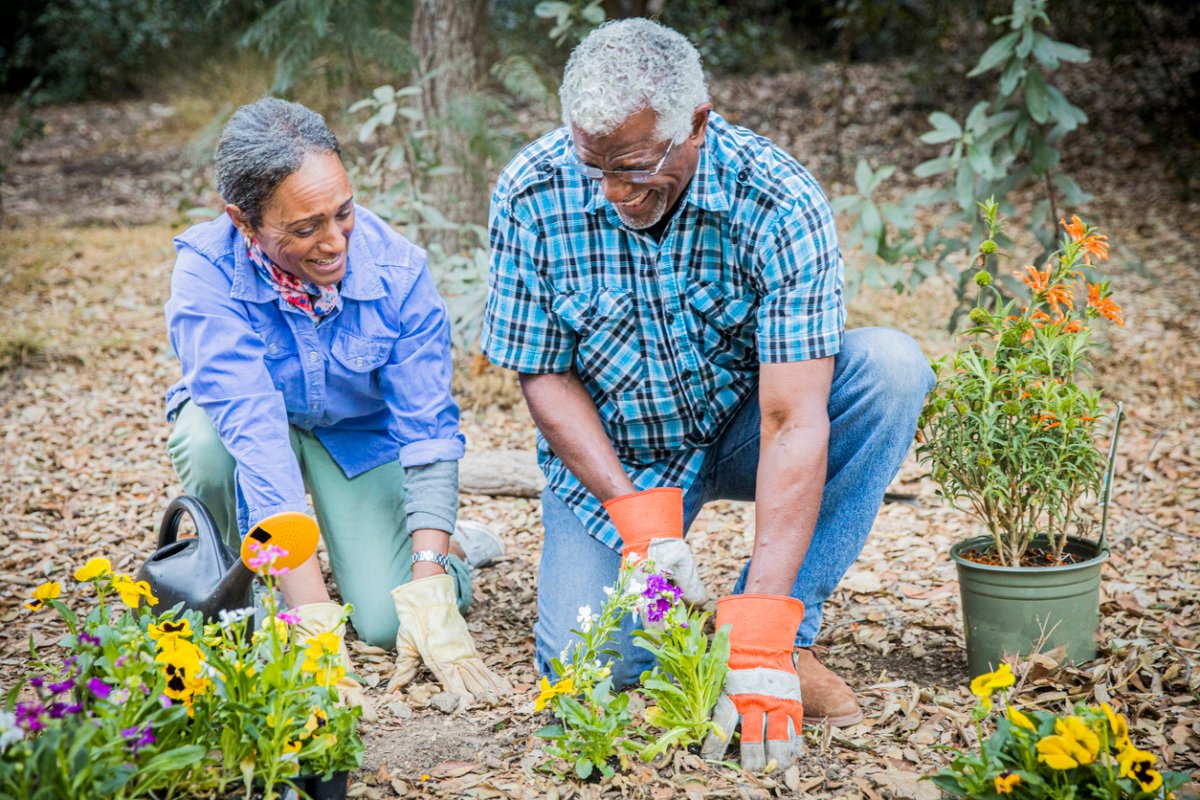

We may earn revenue from the products available on this page and participate in affiliate programs. Learn More ›
Gardening is an age-old practice and is therefore filled with ancient wisdom and mythical legends. Whether you’re a seasoned green thumb or a budding gardener, it’s easy to fall for these quirky bits of gardening lore, sprinkled generously throughout books, blogs, and neighborly advice. After all, if it worked for Grandma, it’ll work for us, right? Not always.
Join us as we unravel ten of the most eccentric gardening myths and separate fact from fiction. So, put on your gardening gloves and get ready to dig in.
1. Bury Rusty Nails to Improve Soil Quality
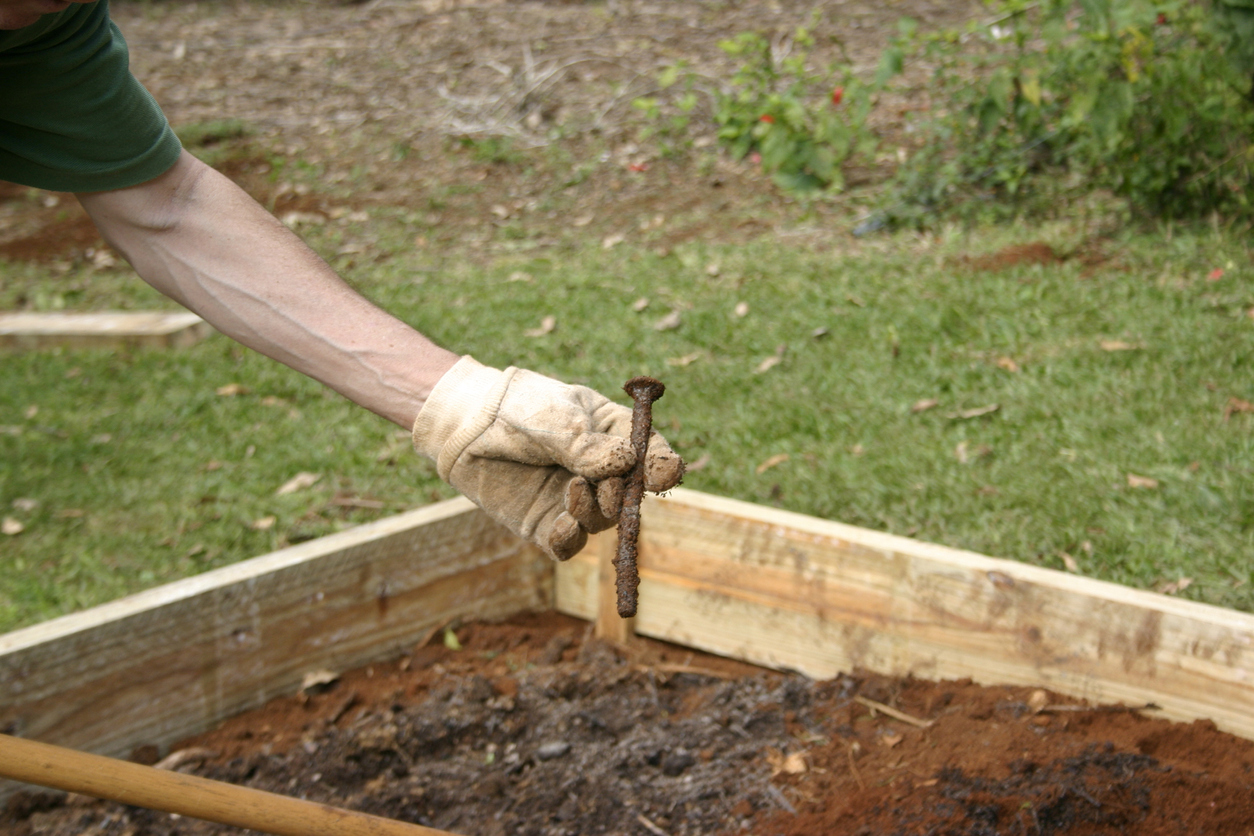
This myth seems to have emerged from a basic understanding of chemistry. Iron is an essential plant nutrient, so why not add iron to your soil via some old nails?
Yes, plants need iron, and yes, nails rust because iron reacts with oxygen. However, the resulting iron oxide, also known as rust, isn’t in a form plants can readily absorb. Iron needs to be in a soluble form for plants to take it up from the soil. iI your plants are displaying signs of iron deficiency, consider adding compost or a specially formulated iron-rich fertilizer to your soil.
RELATED: Soil Testing 101: What All DIY Landscapers Should Know
2. Human Hair Deters Pests
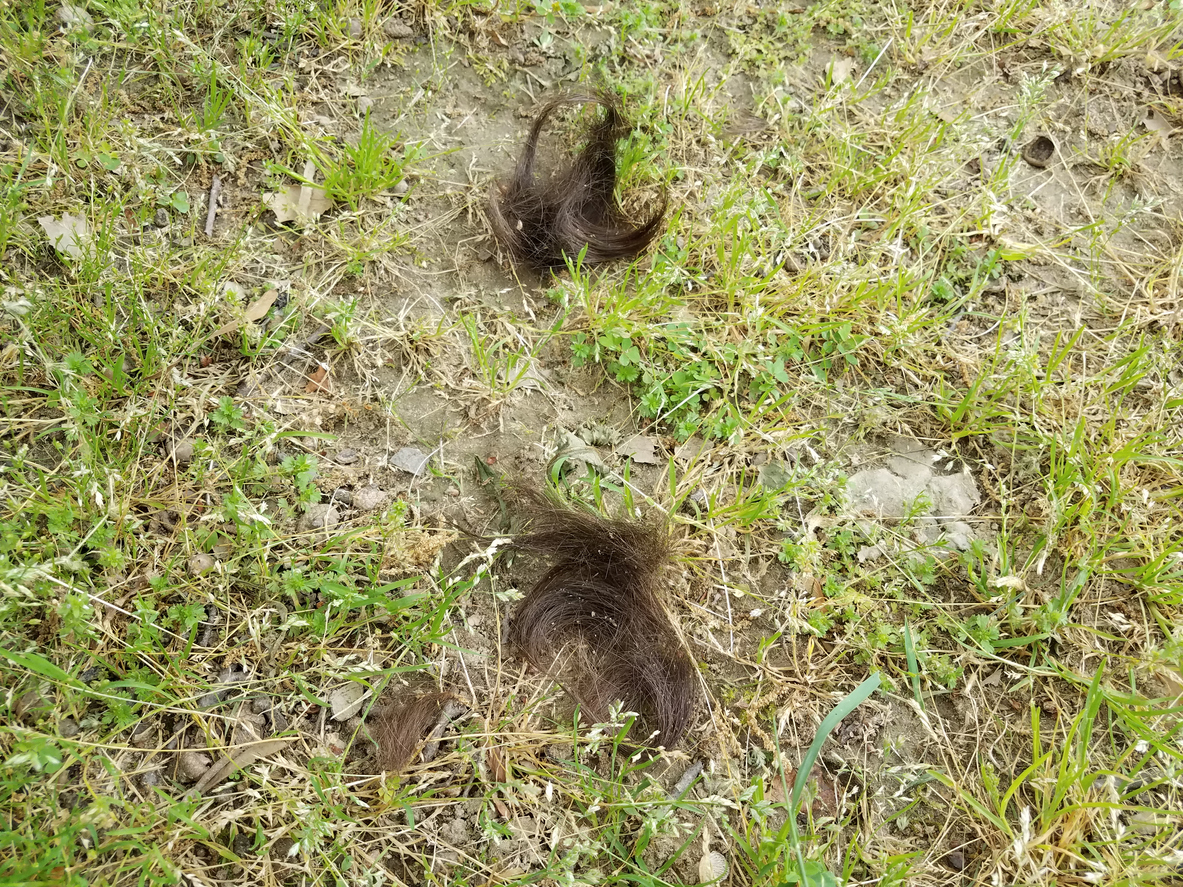
In an age-old attempt to cohabitate peacefully with nature, some gardeners began to look for humane ways to deter wildlife from their precious plants. The idea was simple: by scattering clippings of human hair around their gardens, they hoped the smell would mimic human presence and frighten off critters like deer and rabbits, keeping their gardens safe.
It turns out there’s a strand of truth to this one. Some gardeners report success using human hair as a deterrent, with the theory being that the smell of humans can help keep certain wildlife at bay. Not to mention, as hair decomposes, it actually releases vital nutrients into the soil.
RELATED: 10 Smart Solutions for Keeping Animals Out of the Garden Without Harming Them
3. Talk to Your Plants to Help them Grow

This myth likely originated as a bit of poetic anthropomorphism, a romantic idea that our leafy companions respond to our voices and presence, thriving on the sound of human conversation.
While it might sound pretty wacky, it turns out there’s some truth to this one…for women at least. In a fascinating experiment by the Royal Horticultural Society, it was discovered that a woman’s voice can give a significant boost to plant growth—particularly tomatoes. This intriguing study found that tomato plants listening to the voice of women grew 1 to 2 inches taller than those exposed to men’s voices. Most likely, plants are responding to the vibrations from vocal sound. Whatever the reason, talking to plants surely doesn’t hurt them or you.
RELATED: 15 Secret Ingredients to Make Your Garden Grow
4. Bury Banana Peels to Help Roses Thrive
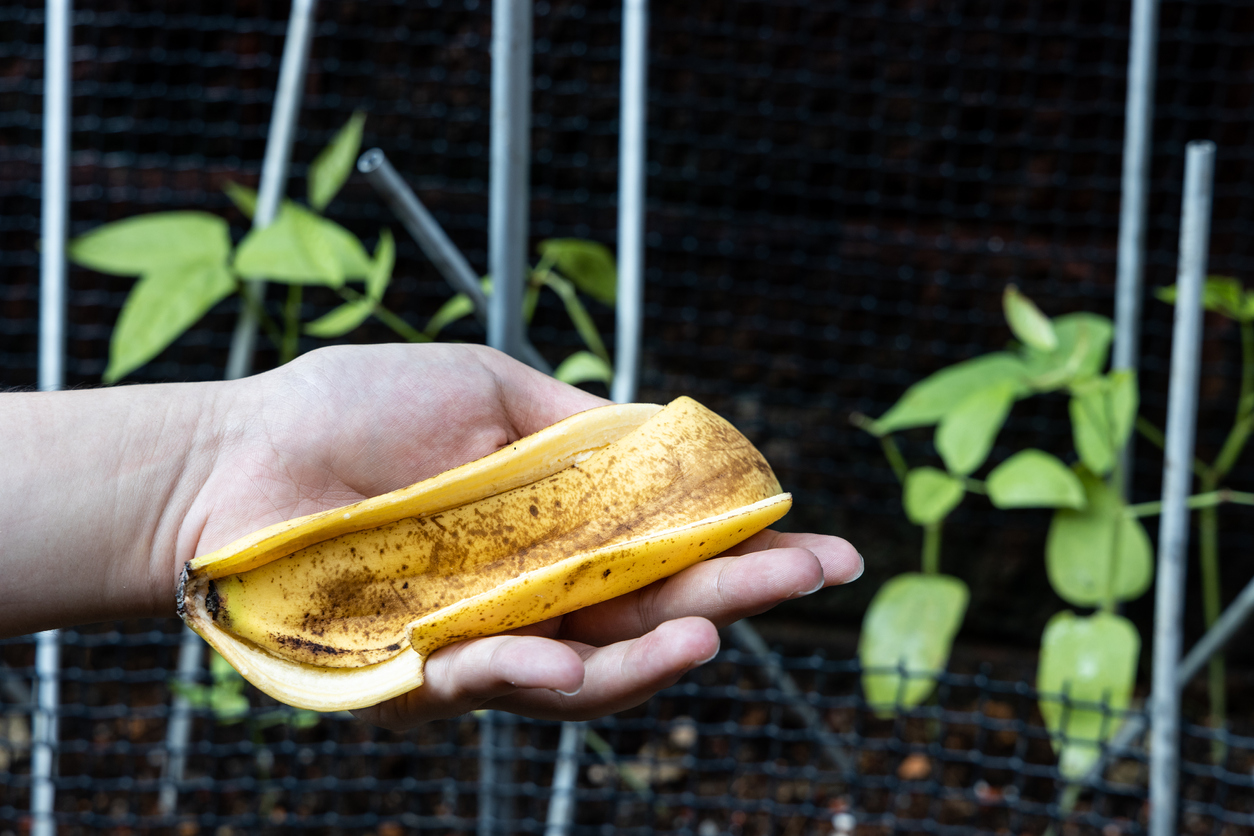
Bananas are a nutritional powerhouse, and it seems that their peels, which are often overlooked, have been recognized by gardeners as a potent secret weapon. High in potassium—an essential nutrient that roses love—banana peels are often touted as an eco-friendly and affordable solution for robust, blooming roses.
While banana peels do contain good amounts of potassium, phosphorus, and other nutrients, burying them near your roses isn’t the most efficient way to boost plant health. A better approach is to use a balanced rose fertilizer that contains all the necessary nutrients in the right proportions—and just add banana peels to your compost pile.
RELATED: What Is Banana Water and Is it Actually Good for Plants?
5. Nothing Grows Under a Walnut Tree
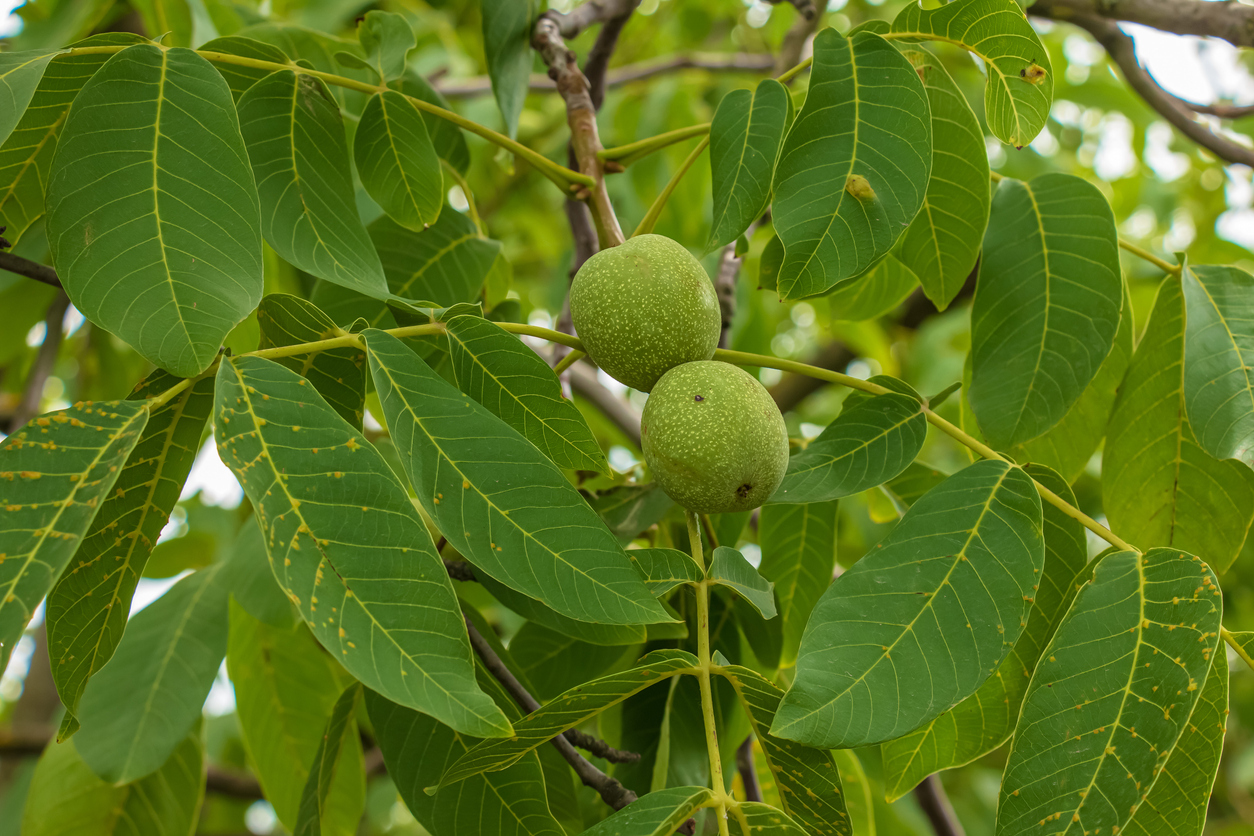
Walnut trees have long been accused of harboring a secret weapon to eliminate competition—juglone, a chemical that can inhibit growth in certain other plants. This has led to the pervasive myth that nothing grows under a walnut tree.
It turns out this is at least partially true. Some plants won’t be able to thrive under a walnut tree, and some may die altogether. However, PennState Extension publishes an extensive list of plants tolerant of juglone.
RELATED: Bad Neighbors: 11 Plant Pairs Never to Grow Side by Side
6. Pee on Your Lemon Tree
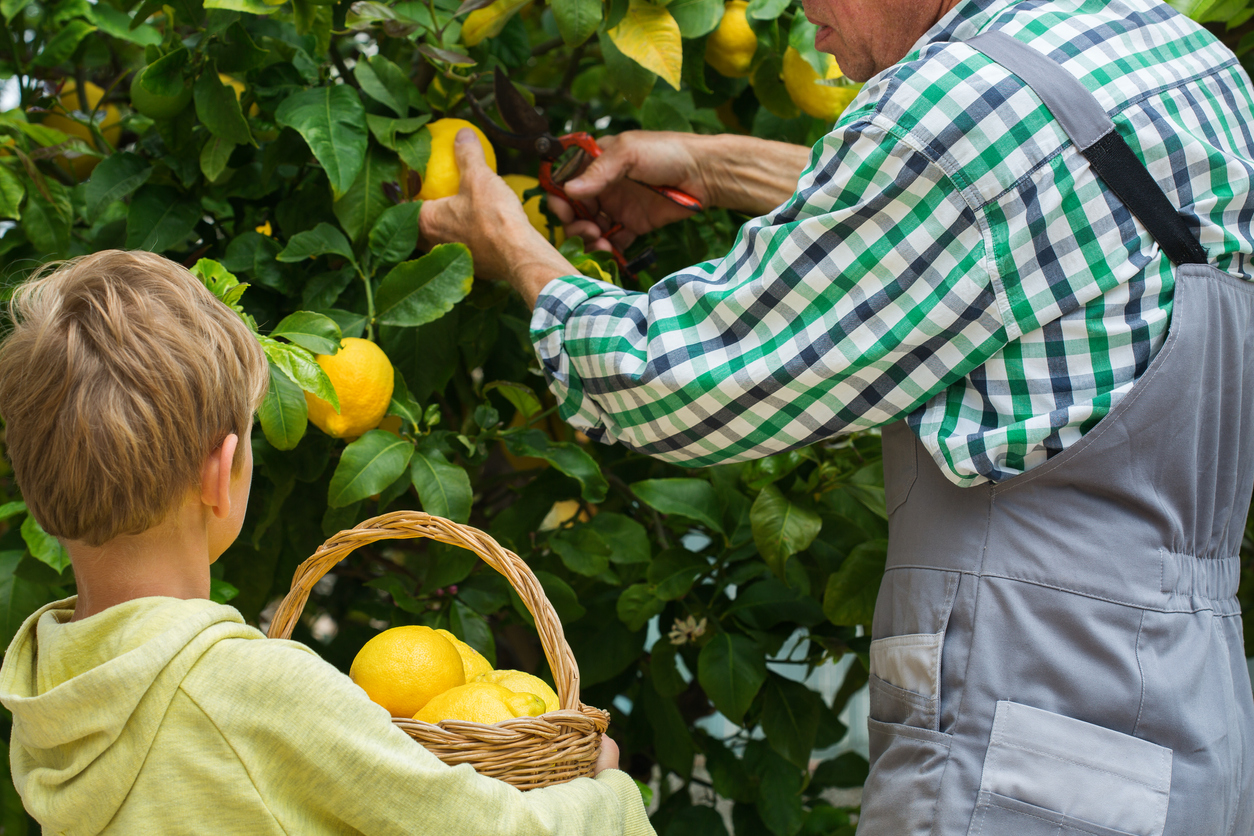
The world of gardening advice can sometimes get a bit, well, personal. One such myth suggests that urinating on your lemon tree could be the secret to its health. This comes from the fact that urine is high in nitrogen, phosphorus, and potassium—all of which are essential plant nutrients.
Human urine can indeed be a cheap, eco-friendly fertilizer, provided it’s used correctly. While urine is generally sterile, ensure that the person contributing isn’t ill or taking medications that could affect the plants. However, there are plenty of organic fertilizers that can do the trick instead. If you decide to try this one, stick to once a week—too much of a good thing can quickly turn bad!
RELATED: Plant Food vs. Fertilizer: What’s the Difference?
7. Beer Will Help Your Lawn Grow
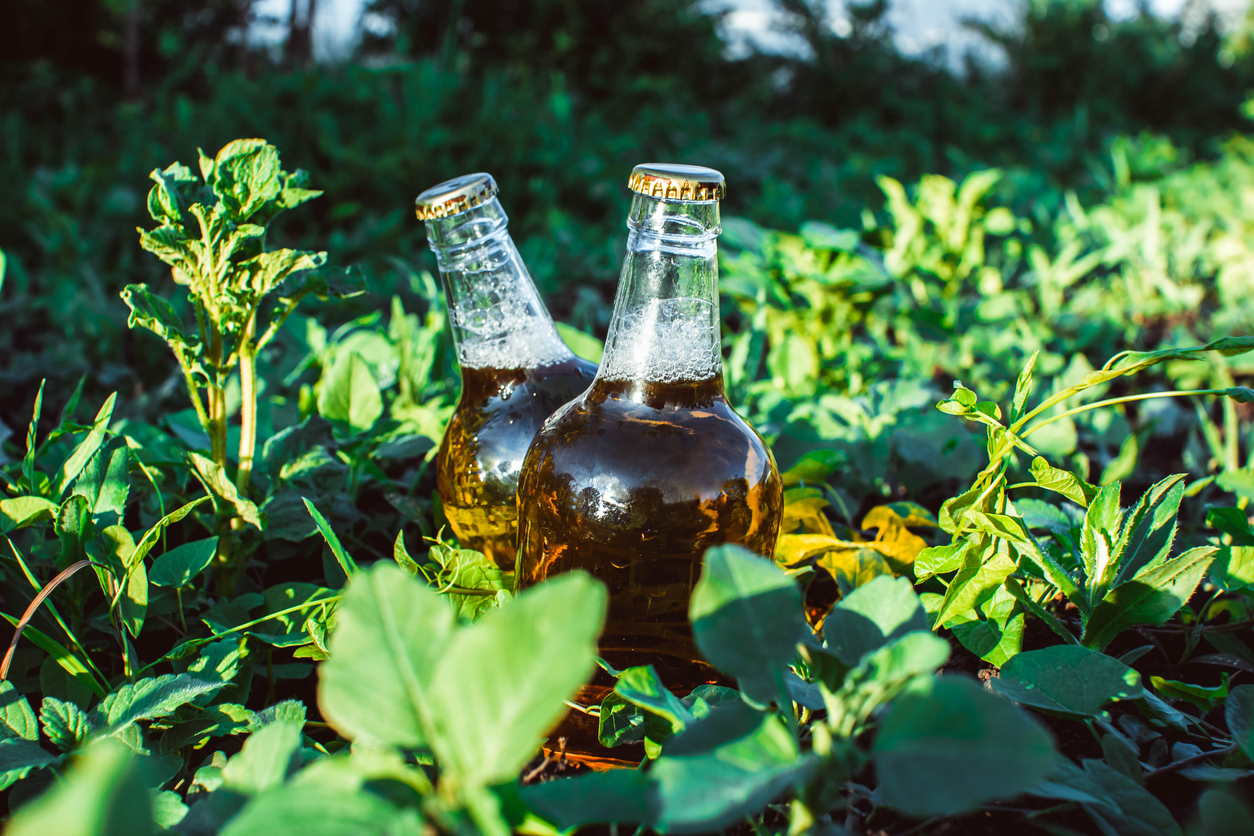
This myth bubbles up from the belief that the sugars and yeast in beer can feed your lawn, encouraging lush green growth. It’s an appealing thought: enjoying a cold one while simultaneously caring for your garden. It’s almost too good to be true, right?
Alas, as appealing as the myth might be, beer is not a magic potion for a beautiful lawn. While it’s unlikely to harm grass, it won’t significantly aid growth either. The trace amounts of nutrients in beer don’t compare to those in specially formulated lawn fertilizers.
RELATED: 7 Extraordinary Household Uses for Beer
8. Coffee Grounds Acidify Soil
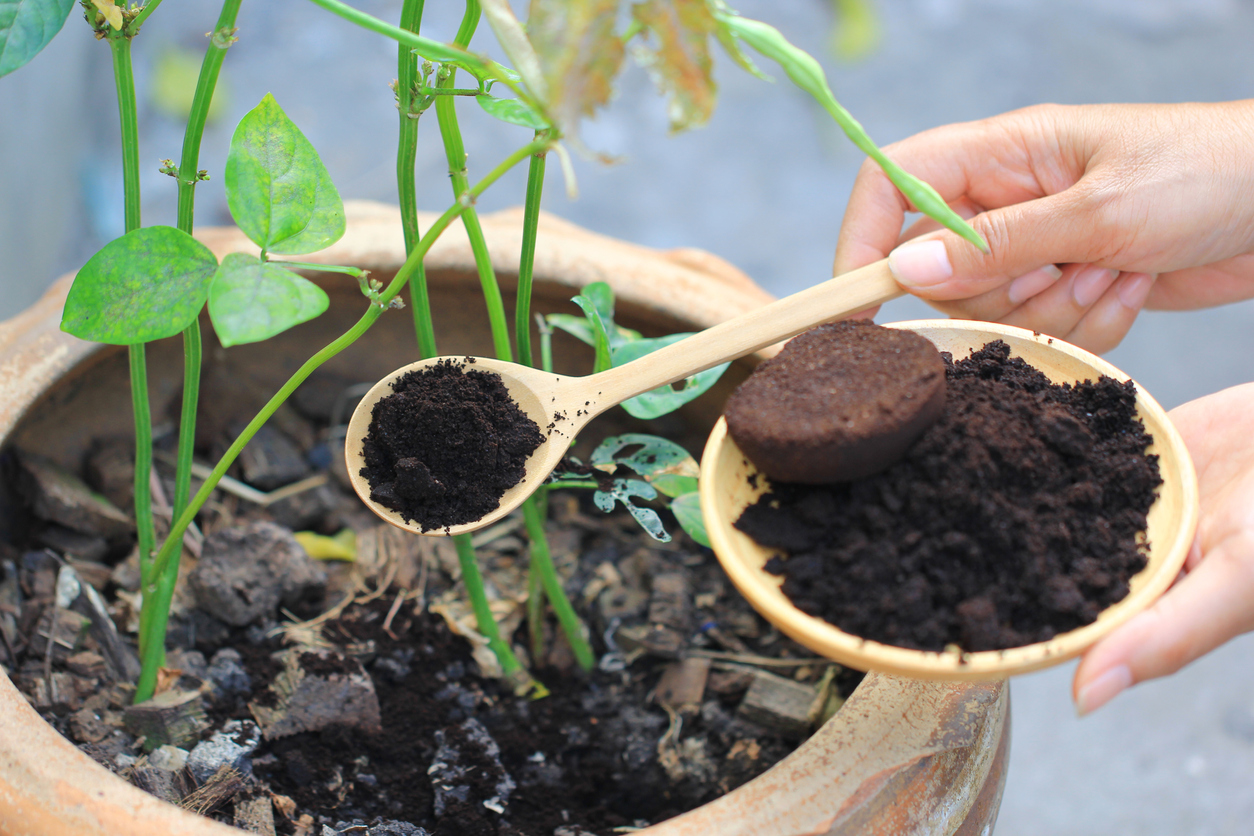
Coffee lovers, this one’s for you. It’s well known that coffee is acidic, so it’s easy to make the leap and assume that used coffee grounds must be too. The myth suggests that these grounds could be a great way to acidify soil for plants that prefer a lower pH, like azaleas or blueberries.
But it turns out this myth is false. While coffee is indeed acidic, by the time those grounds have been brewed, most of the acid has been leached out, leaving the grounds nearly neutral in pH. However, that doesn’t mean your coffee grounds are destined for the landfill. Used coffee grounds can be a fantastic addition to your compost pile or garden in other ways. They are rich in organic material, which improves soil structure, enhances water retention, and supports a healthy population of beneficial microorganisms.
RELATED: 15 Secret Ingredients to Make Your Garden Grow
9. Plant Potatoes on Good Friday
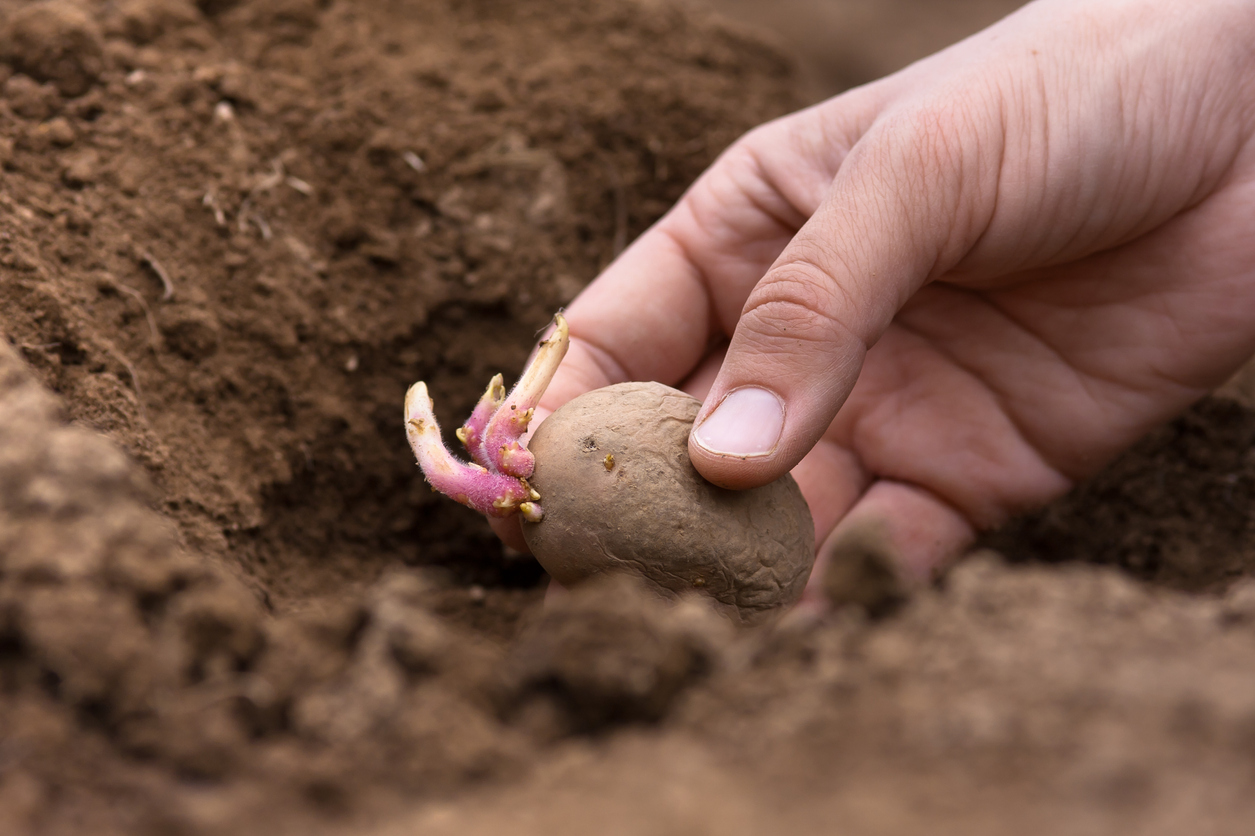
This old folk belief likely stems from the timing of Good Friday, which often coincides with the start of the planting season in many regions. It is true that potatoes should be planted in the spring. However, the best time to plant potatoes—or any other crop—depends on local climate conditions and the specific needs of the plant, not a date on the calendar.
RELATED: 11 Ways You’re Accidentally Ruining Your Lawn
10. Adding Sugar to Soil will Make Tomatoes Taste Sweeter
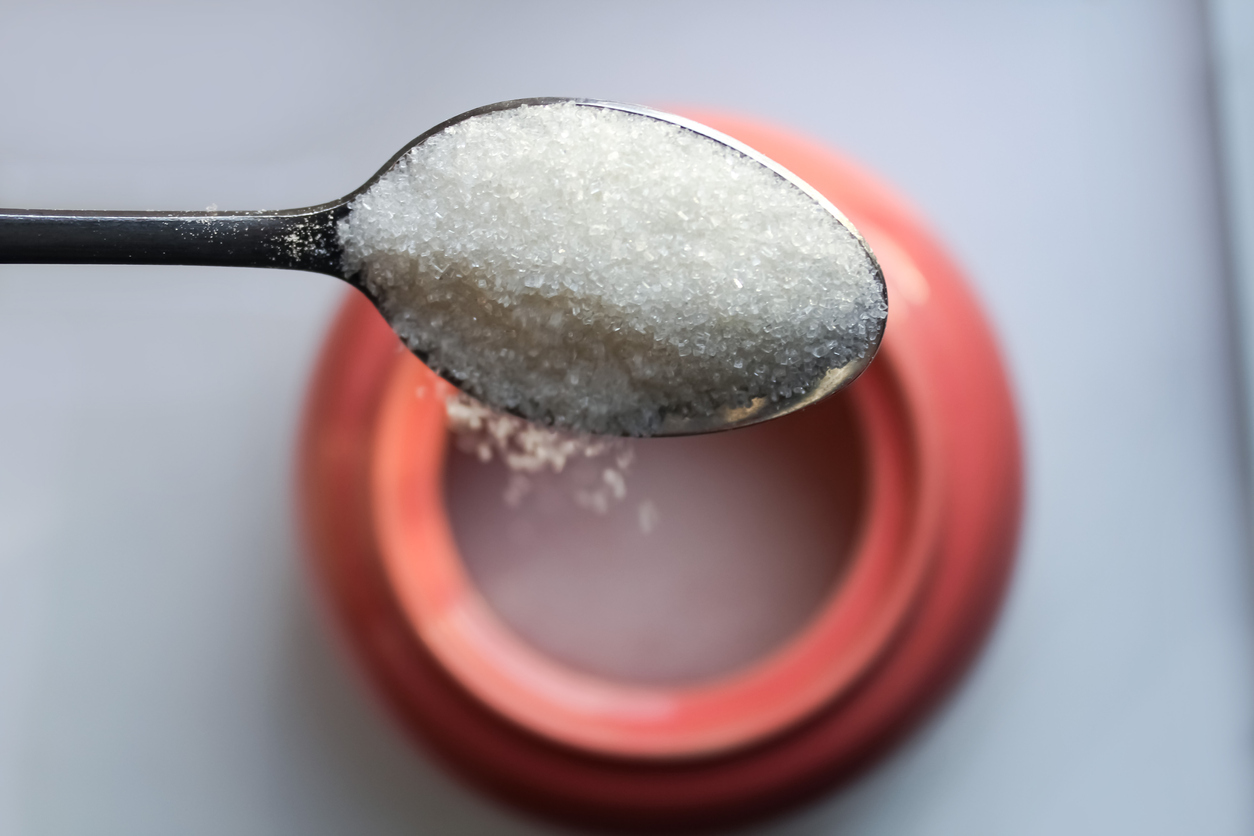
Who doesn’t want a sweet, juicy tomato fresh from the vine? In the quest for the perfect tomato, some gardeners swear by the idea of adding sugar to the soil. The thinking is that the added sweetness in the soil will translate directly to a sweeter fruit.
While it’s a charming idea, the sweetness of tomatoes is not determined by the soil’s sugar content. The true sources of sweetness in tomatoes are the plant’s genetics and the photosynthesis process. Each variety of tomato has an inherent level of sweetness. Certain types are naturally sweeter than others, thanks to their genetic makeup. And the plant’s photosynthesis process—whereby it uses sunlight to convert water and carbon dioxide into glucose, the sugar that fuels plant growth—is the real determinant of the sugar levels in your tomatoes.
